Bently 9200-06-01-10-00
The Bently 9200-06-01-10-00 is a model of a vibration monitor from Bently Nevada, which is a part of Baker Hughes. Bently Nevada is renowned for its high-precision machinery monitoring systems used in various industries to ensure the optimal performance and longevity of equipment.
Detailed content
Technical Specifications:
- Model: Bently 9200-06-01-10-00
- Type: Vibration Monitor
- Power Supply: Typically operates on a standard voltage range (e.g., 24V DC or 120V AC depending on the specific configuration).
- Input Channels: Designed to monitor vibration from multiple sensors, typically including proximity probes.
- Measurement Range: Capable of measuring a broad range of vibration amplitudes, often including peak-to-peak and RMS values.
- Output: Usually features analog outputs (e.g., 4-20 mA), digital outputs, or both for integration with control systems.
- Signal Processing: Incorporates advanced signal processing to filter and analyze vibration data.
- Communication: May include options for digital communication protocols, such as HART or Profibus, for integration into process control systems.
Features:
- High Precision: Provides accurate and reliable vibration measurements to monitor the health of rotating machinery.
- Real-Time Monitoring: Offers real-time data acquisition and monitoring to detect potential issues early.
- Alarm and Notification: Equipped with alarm functions to alert operators of out-of-range vibration levels, helping prevent equipment damage.
- Data Logging: Capable of logging historical data for trend analysis and diagnostics.
- User Interface: Features a user-friendly interface for configuration and monitoring.
Applications:
- Industrial Machinery: Commonly used in industries such as oil and gas, power generation, manufacturing, and chemical processing.
- Rotating Equipment: Ideal for monitoring rotating machinery, including pumps, compressors, turbines, and motors.
- Predictive Maintenance: Supports predictive maintenance strategies by providing detailed vibration analysis to forecast equipment failure.
Benefits:
- Enhanced Equipment Reliability: Helps in maintaining machinery within safe operating limits, reducing the risk of unexpected failures.
- Reduced Downtime: By detecting potential problems early, it contributes to minimizing unplanned downtime and maintenance costs.
- Improved Safety: Alerts operators to abnormal conditions that could lead to unsafe operating conditions.

.jpg)
.jpg)
.jpg)

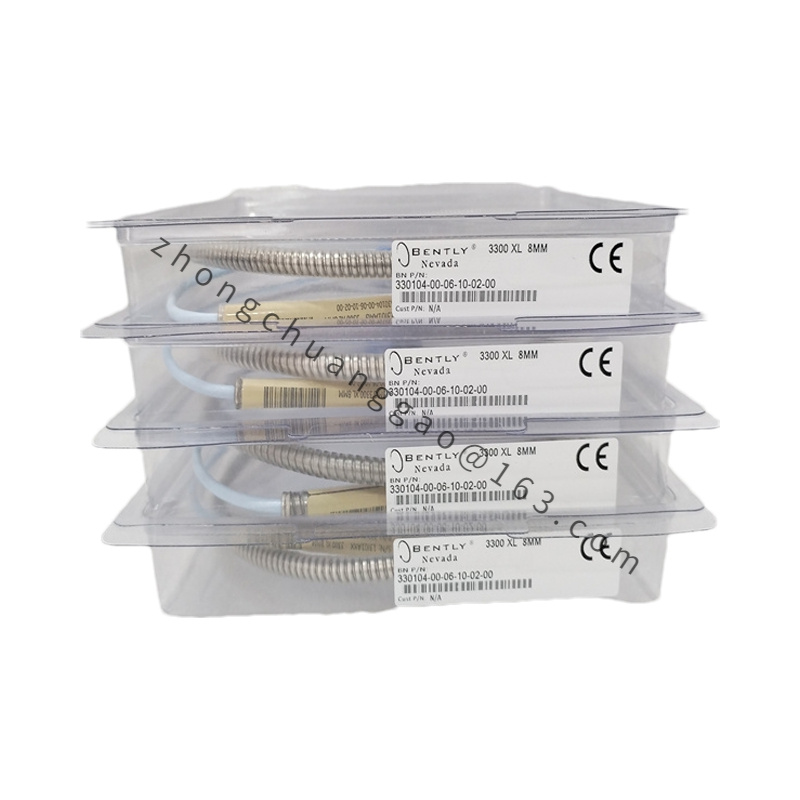
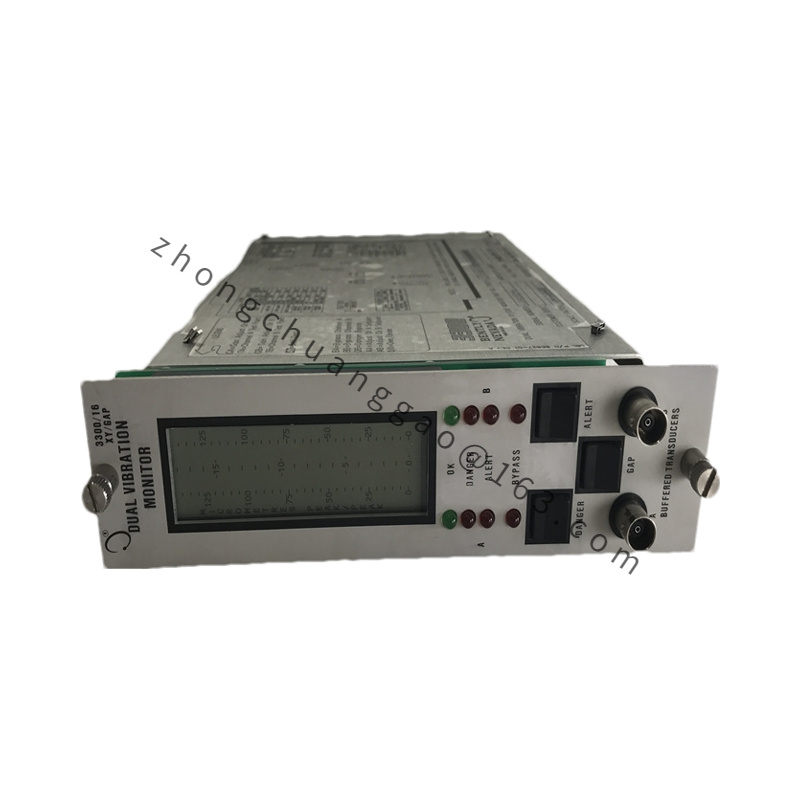

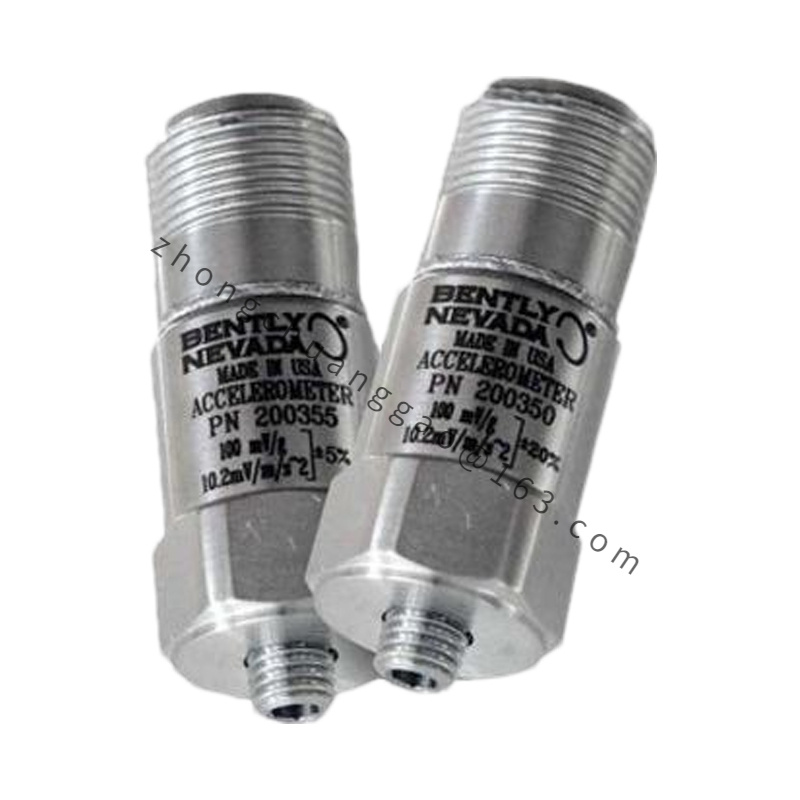
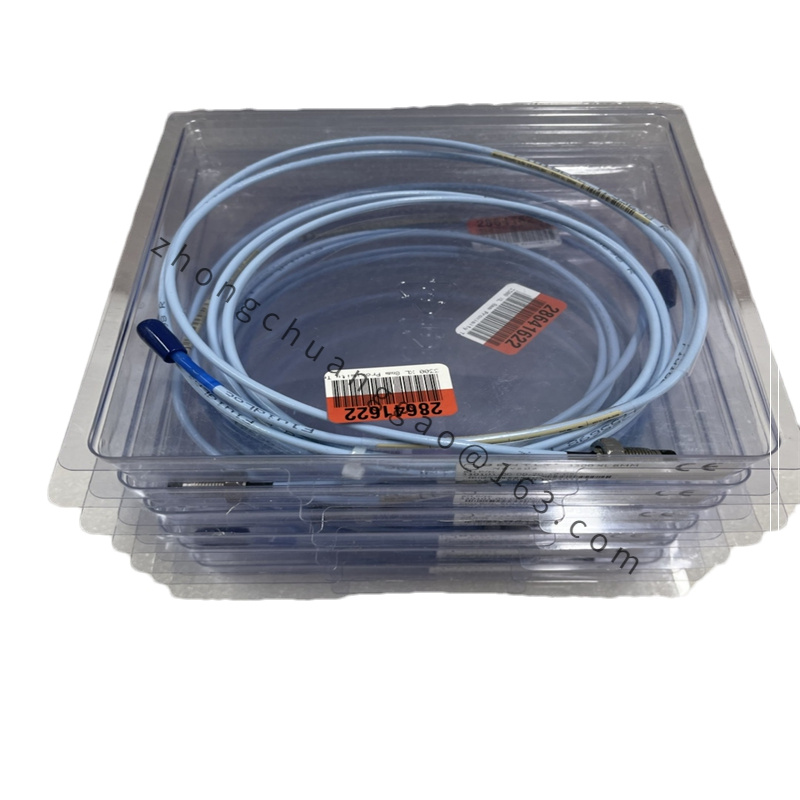
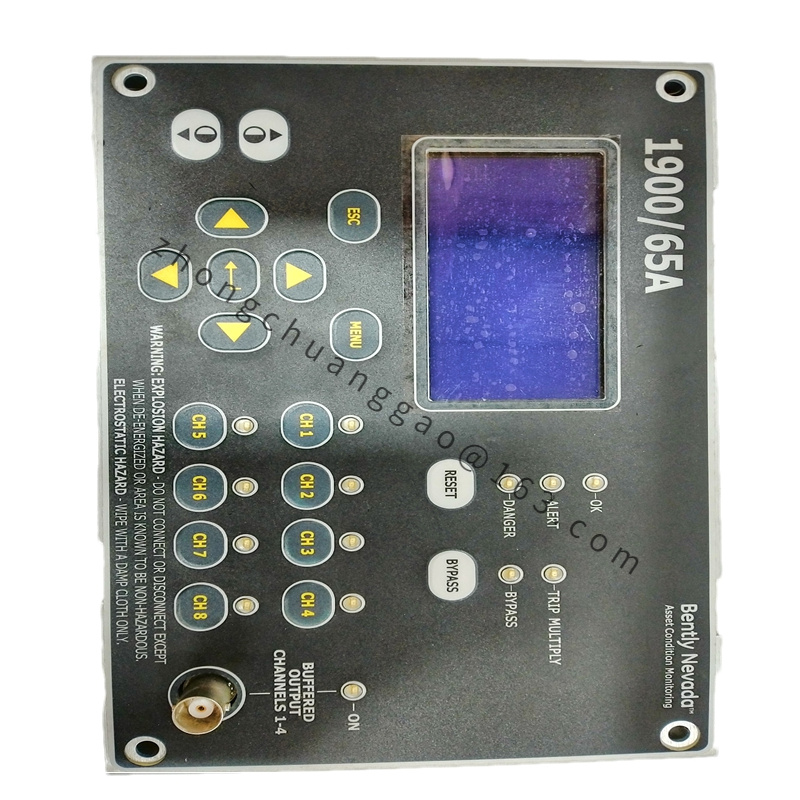


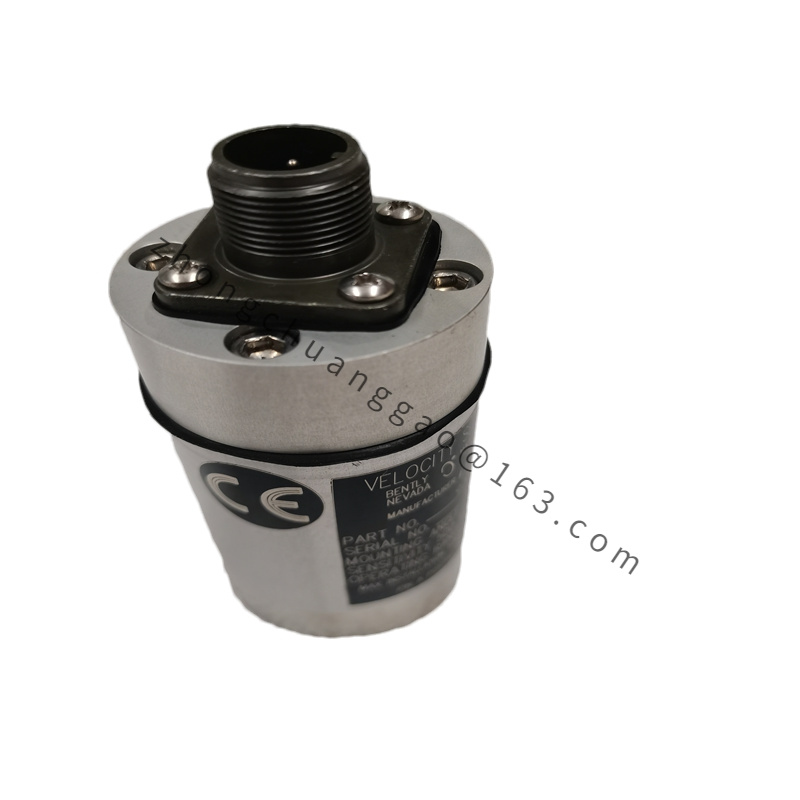

.jpg)